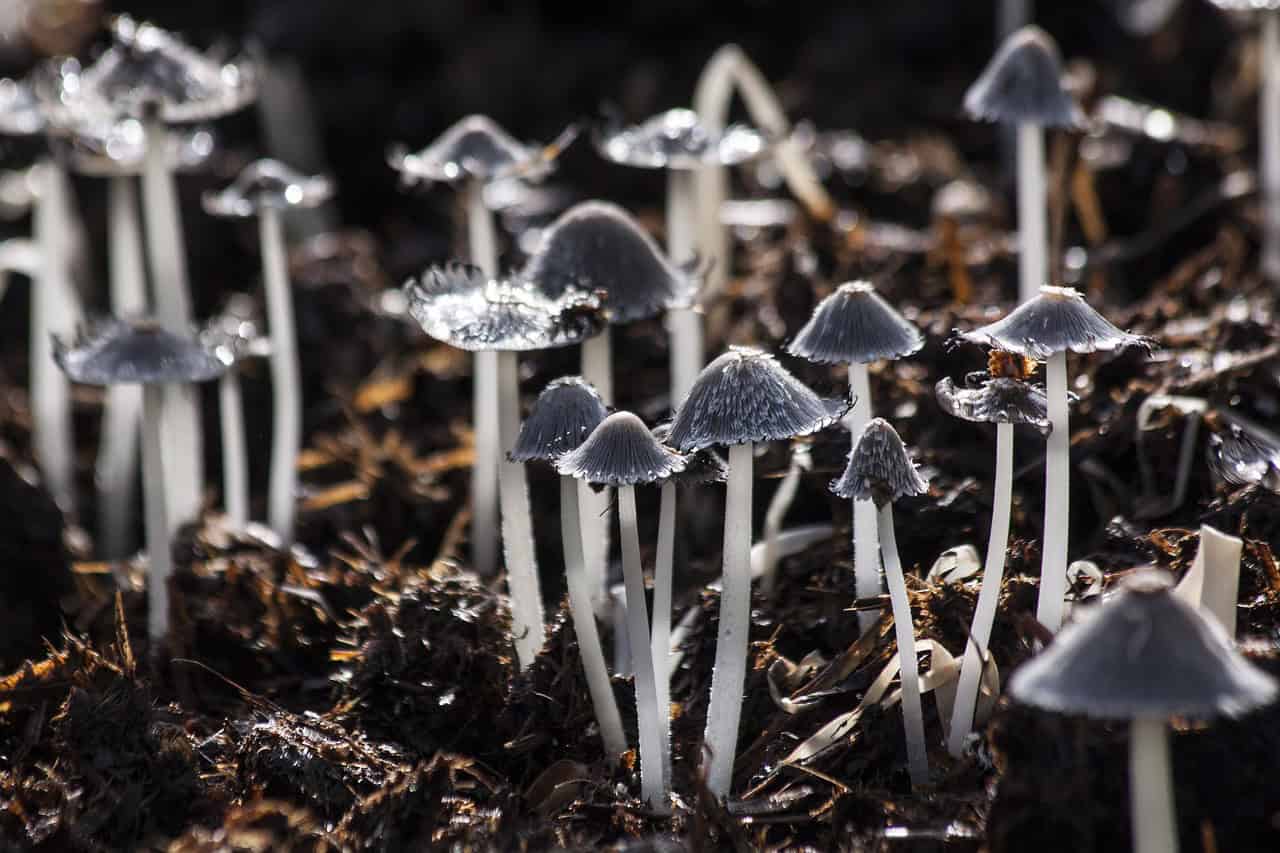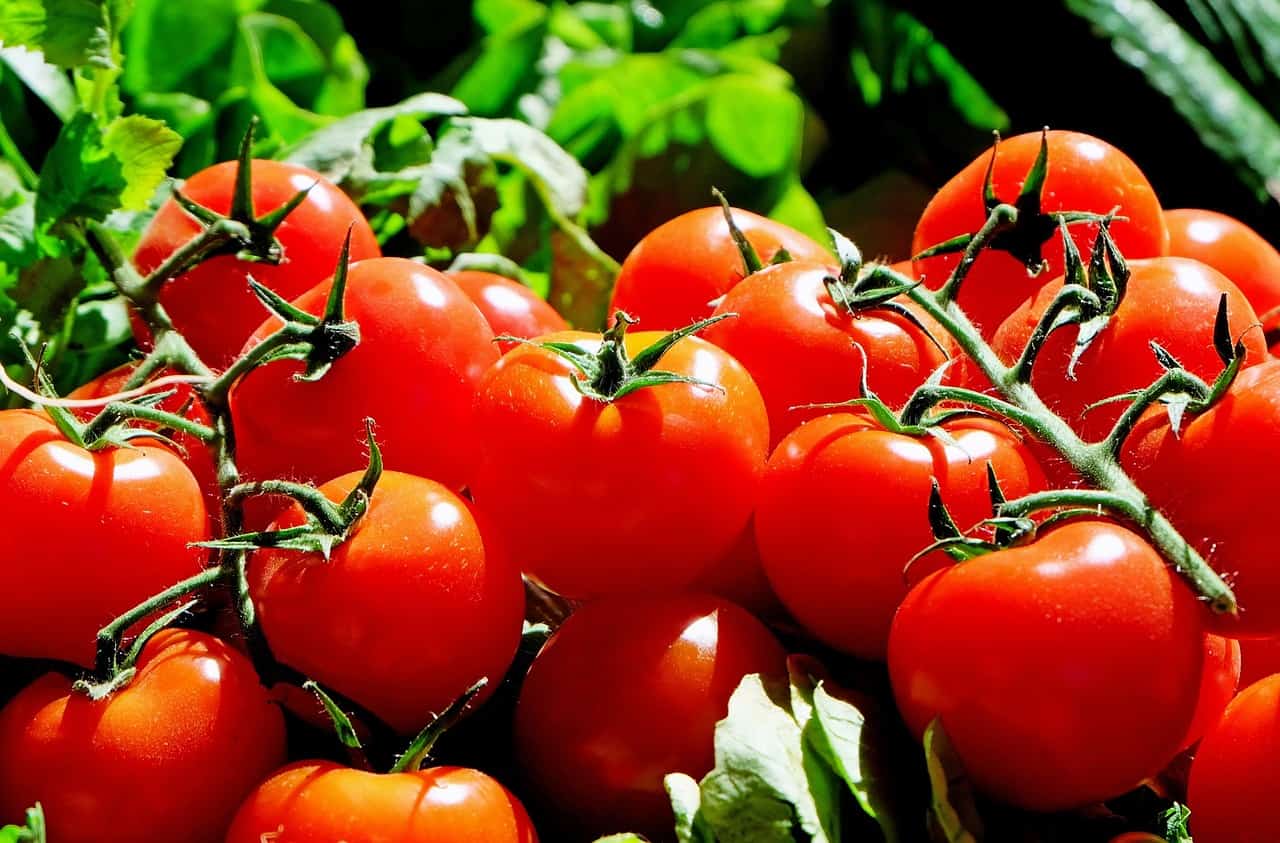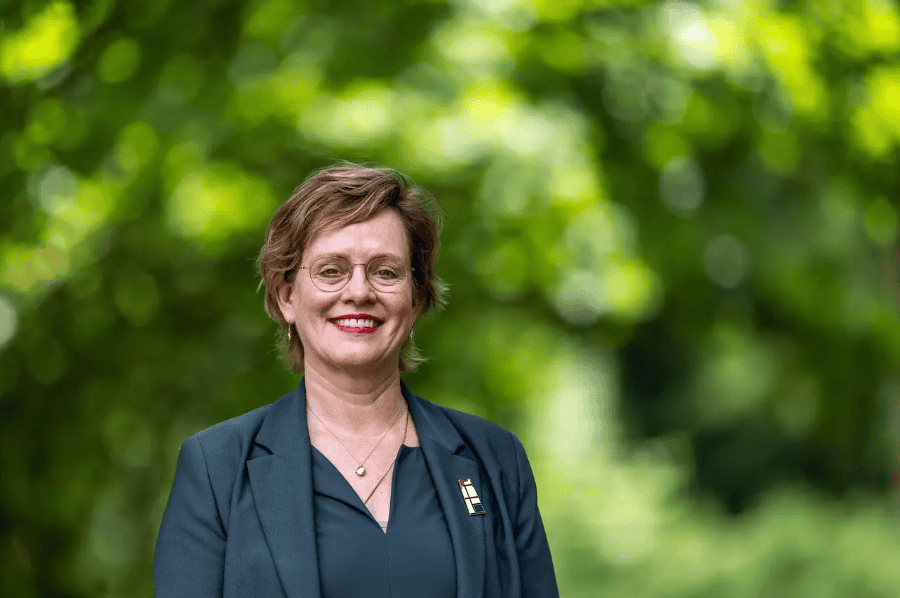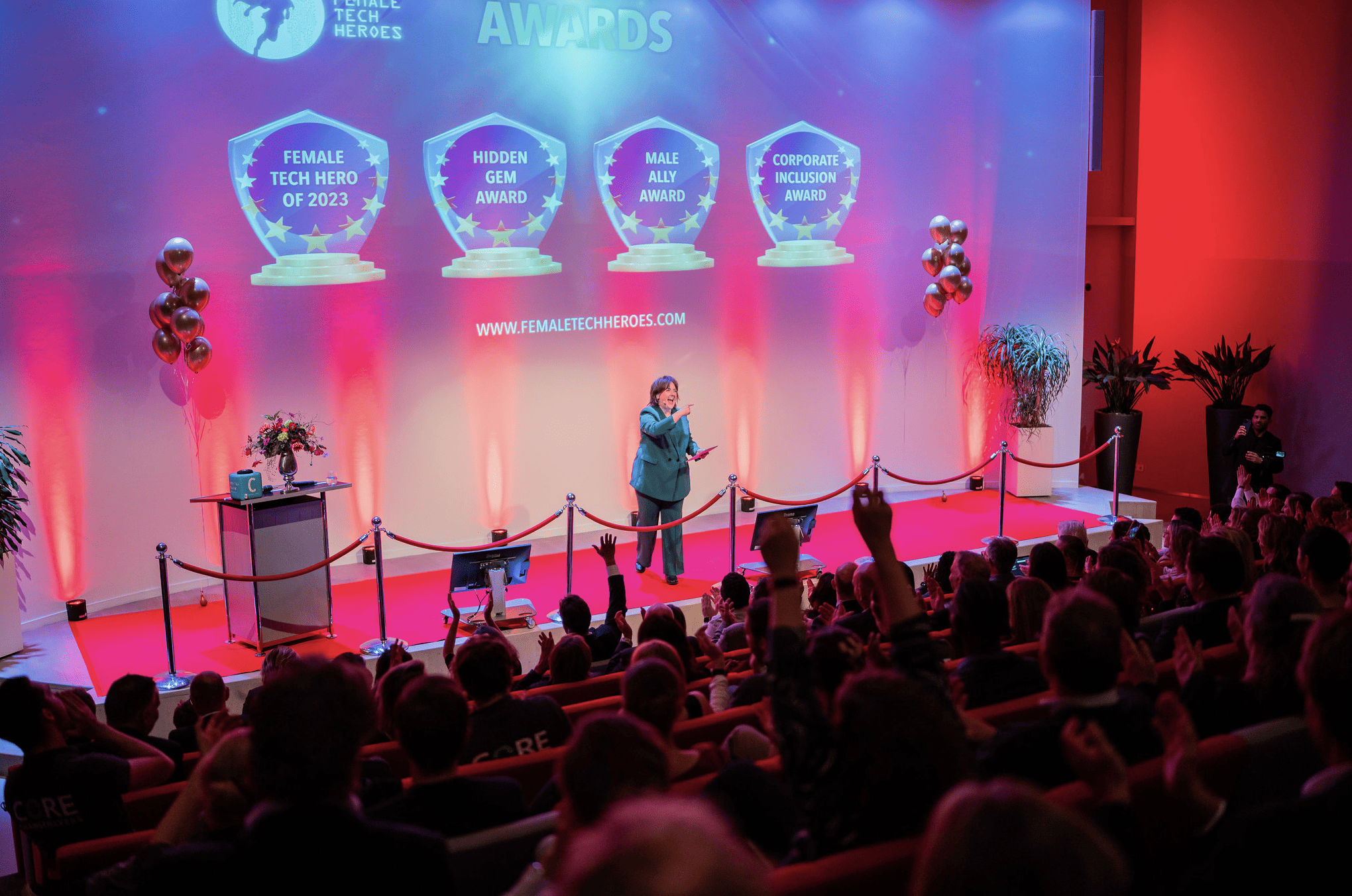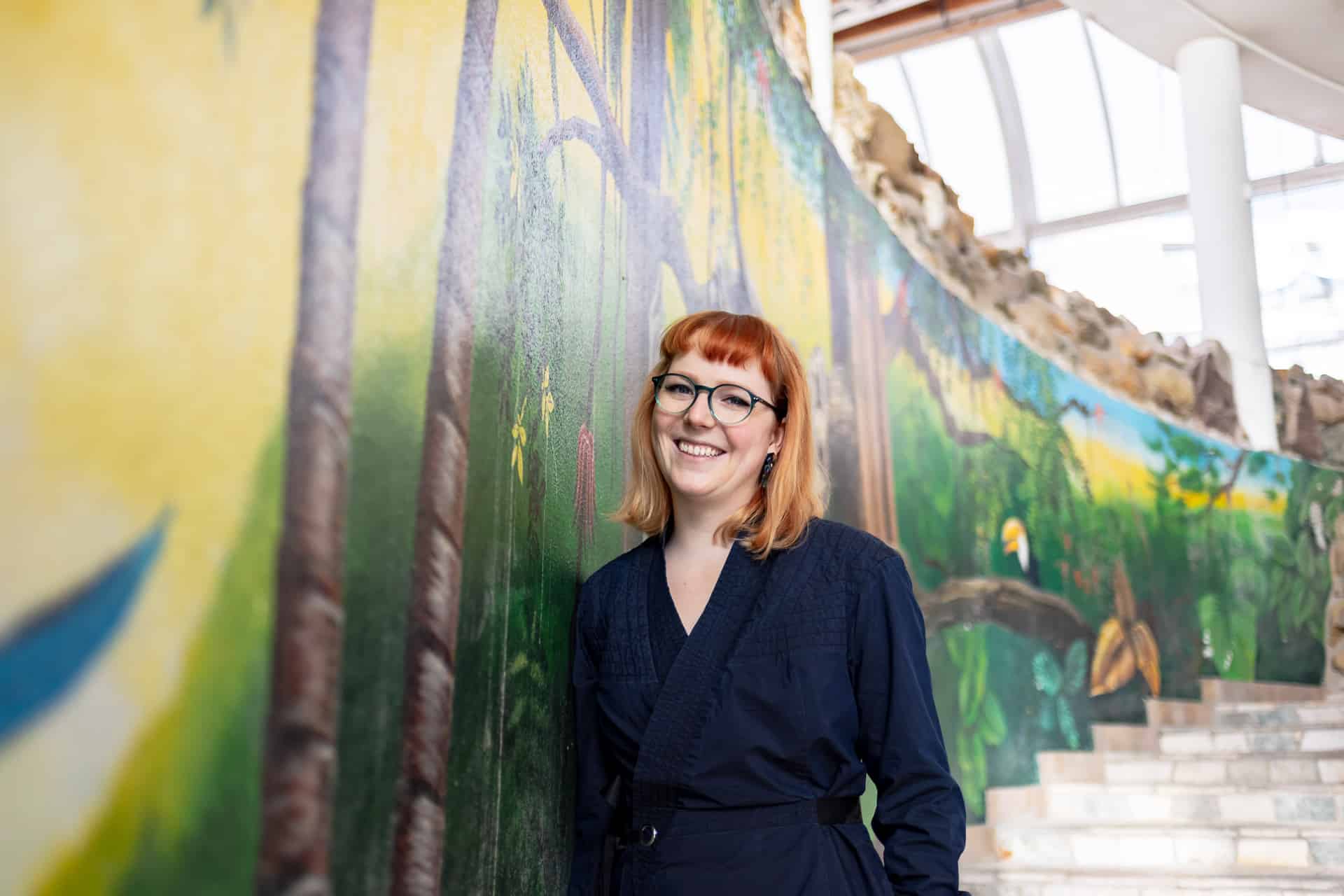
Mold: a type of pathogen, is the first thing you read when you type “mold” on Google. “A shame, because we make clothes and building materials from them and even use them for medication,” says biodesginer Emma van der Leest. She previews her talk at the Dutch Innovation Days, in which she exposes the invisible world of yeasts, bacteria and fungi.
Who is Emma van der Leest?
Emma van der Leest is a biodesigner, curator and teacher who researches how natural materials can be used for tomorrow’s consumer products. Among other things, Van der Leest founded Blue City Lab: a place where entrepreneurs can start validating a product or process that will contribute to the transition to the circular economy. She also teaches at the master’s program Ecology Futures in Den Bosch, where she learns students to work ethically with microorganisms. She also co-curated an exhibition with Museum of 21st Century Design (M21D) that is now on view at Boijmans Depot, Looking Ahead: Objects of Change.
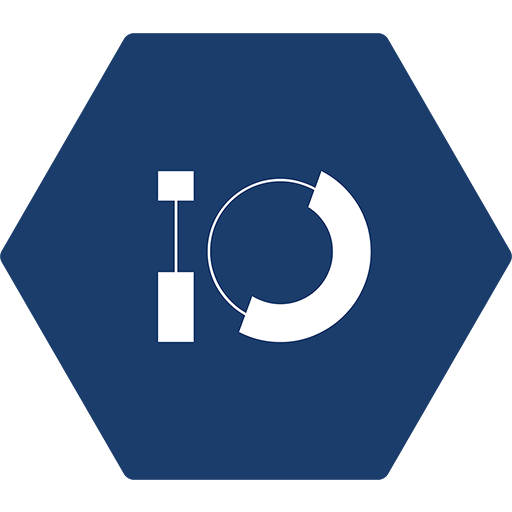
Fungi don’t have a good reputation, do they?
“Indeed. People often think of a dirty bathroom when they hear the word ‘mold’ or think of microorganisms. They are afraid of getting sick. Don’t get me wrong, they can certainly be dangerous. They are responsible for a large proportion of corona deaths, for example. Because after a corona infection, many people with a weak immune systems died from a fungal infection in the lungs.
But what many people do not know is that microorganisms are, above all, incredibly useful. We use them for all sorts of different biobased products. Just think of cosmetics, building materials, clothing and medication. We can’t even live without them: In our bodies you can find about one and a half kilos of microorganisms. So it is time to change our mindset. That’s what I hope to achieve with my work.”
What will you tell the audience during the Dutch Innovation Days?
“I’m there to talk about two projects I’m currently working on. One is the Microbial Vending Machine: an old Febo snack machine, not filled with croquettes and frikandells, but with products made by microorganisms. It is a demonstration of how these organisms can be used through biotechnology for natural products and materials, which are normally produced in an unsustainable way, for instance with fossil fuels. The vending machine presents 21 products made using algae, fungi, bacteria and enzymes. Consider, for example, luminous bacteria in street lamps. They charge during the day and give light at night. Super cool.”
The goal: to paint a picture of a future in which, ten years from now, we might be pulling microorganisms out of a vending machine that we grow ourselves in a microwave oven to make products.”
And the second project? Can you tell us more about that?
“I am zooming in on a project that started in 2019, aimed at developing a natural coating: the Fungkee Supercoating. For this I won the Bio Art & Design Award, which is given annually to an artist or designer who has entered into a collaboration with a Dutch institute, in this case Radboud University. It involves a hundred percent natural coating made from fungal threads, which is water-repellent. By the end of this year, the scientist and I plan to resume the project, which was delayed by the corona crisis. The scientific field of natural coatings, adhesives and binders is incredibly complex. Intellectually, I cannot fulfill this scientific piece alone. However, I do make the translation into an immersive story.

Will the society of the future increasingly embrace the use of microorganisms, do you think?
“I am very positive about the future. Anno 2023, I see more and more people engaged in biodesign. More and more natural materials and dyes are being developed. The Netherlands is certainly a leader in the field.
However, it remains a great challenge to apply the research in practice. We must ensure that organic products become accessible and affordable for everyone. At the moment they come at quite a price. Also, legislation and certifications sometimes make it difficult for biodesigners to get started with the development of a new product. When we started BlueCity Lab, much of it was spent educating and informing municipal agencies that grant permits to make these materials. Simply because there are few laws and regulations regarding the implementation of residual streams in (material) applications. Ultimately, we will achieve so much more as a society if we let go of a linear way of producing.”



